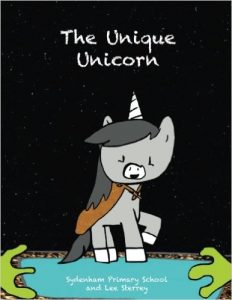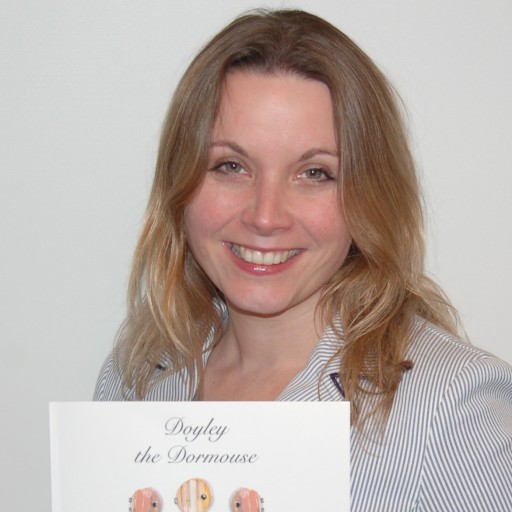With the initial launch of The Unique Unicorn with Sydenham Primary School, such is their passion for supporting multiple languages, that they asked me to provide a different version per language.
This is certainly a school that knows what it wants and so I find myself getting up at 6am on weekends and working late into the evenings to produce different language versions of the story, working with volunteer translators.
I don’t see this as a chore however. For me, it is about the learning experience. If I wasn’t doing this at 6am in the morning, I would probably be studying or researching some other creative idea that my brain had awoken me with in the middle of the night.
I have found it fascinating and intriguing to translate the story into the languages of Romanian and French. I find it a very rewarding and humbling experience to know that children may be able to get the story in their own language.
As long as there is a demand for the translation of the story into a different language and a willing volunteer to help, I will get up at 6am on a Saturday to work on that version.
The Romanian version is now available (French coming soon):
For all of my books visit: Lee Sterrey books on Amazon


